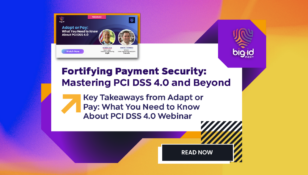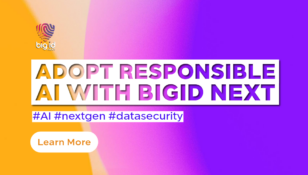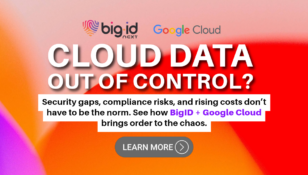Insider Risk: Managing Threats From Within
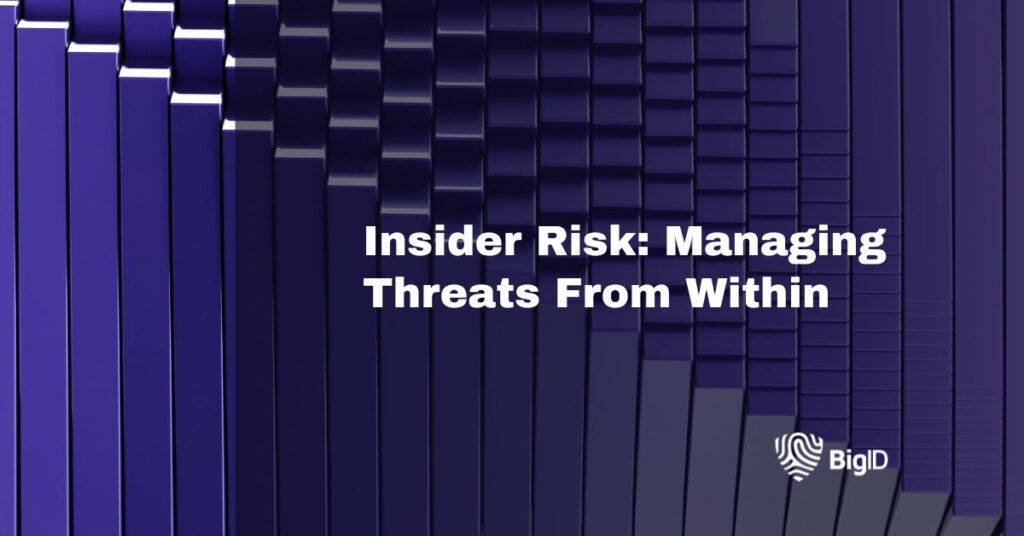
Insider risks are becoming one of the prevalent concerns for organizations’ data security teams. These risks, whether they stem from malicious intent or—more often from inadvertent actions— can seriously compromise sensitive data and damage a business’s reputation. At inception, BigID’s core tenet has been to provide solutions that empower organizations to effectively manage security associated with key data assets, including managing insider risk.
Understanding different kinds of insider risk
Insider risks are a growing concern for organizations, leading to data breaches, financial fraud, intellectual property theft, and more. BigID is designed to help you grasp the complex nature of risks associated with sensitive data. This includes sensitive, critical, regulated, high-risk, crown jewel data, and even data that flows through generative AI.
When analyzing insider risk exposure for most organizations, it usually comes down to:
- Compromised credentials
- Improperly trained employees just trying to get their jobs done
- A few “bad actors”
Insider risk isn’t just the rogue employee downloading 10,000 files on a Friday night before handing in their notice on Monday, but a data entry person that keeps credit card numbers in a spreadsheet because it is easier than asking customers to repeat with each order. In turn, they may forward the spreadsheet to their personal email so they work from home, or forward to another employee.
“Unlike external attackers, insiders don’t have to conduct reconnaissance of your environment to learn where you store valuable data — they already know.” (Forrester – Manage Insider Risk With Zero Trust, July 5, 2023).
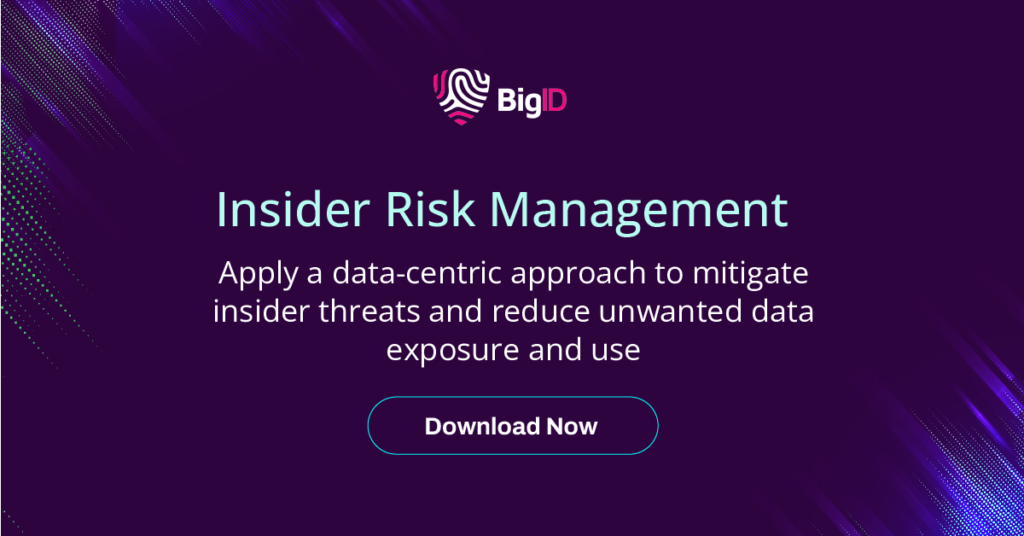
BigID assists organizations to gain insights into the motivations and early indicators of malicious insiders, improper data access and actions by well-meaning employees, and to enhance your ability to manage this risk effectively.
It’s crucial to recognize that insider risks can arise from various motivations, such as financial distress, disgruntlement, entitlement, revenge, or ideology. However, most insider risks are simply a toxic combination of well meaning employees with improper access rights to data sources, and data that simply has not been identified and classified with correct sensitivity levels.
According to Forrester, “The initial, preparatory phase to reach intermediate Zero Trust maturity includes two major initiatives for data and devices: discovery and classification.” (Chart Your Course To Zero Trust Intermediate, March 7, 2023) Mitigating insider risks starts with first understanding your sensitive data footprint and then identifying improper behavior and providing forensics to understand if any unknown risks have occurred.
Best practices for managing insider risk
- Know Your Data, Control Your Risks: BigID’s data-centric approach enhances insider risk management by helping discover and classify all types of sensitive data, including cloud, on-prem, structured, unstructured, and even streaming data. The detailed insights provided by BigID go beyond simple classification. They include context, business value, lifecycle, purpose of use, data quality, accessibility, and insight into insider risks and risks associated with the data. During the discovery process BigID also identifies improper access, over-privileged data, and open data such as misconfigured S3 buckets. This level of granularity enables you to define access and remediation policies specific to sensitive data access privileges across your environment.
- Start at the Beginning…not the End: Unfortunately, organizations whose line of defense for insider risks defense starts with technology such as traditional data loss prevention (DLP), find that either too much sensitive data is still exiting the organization, or conversely the business is hampered because policies are too restrictive. Enforcing data minimization policies is essential to reduce the potential attack surface for insiders. BigID allows you to streamline the deletion of unnecessary, sensitive data with precision and validation. This process not only enhances security but also ensures compliance with a broad set of regulations.
- Determine Who has Access to What and Why: Organizations’ security teams often turn access privilege provisioning into cookie-cutter efforts through processes such as AIM and PAM. Roles and groups are set up and as new employees are onboarded access rights are granted accordingly. What this process doesn’t take into consideration are possible improper initial granting of access rights, and even more importantly organizational changes that occur on a constant basis. For example, if an access role or group is not properly tested, then each employee added to that group inherits improper rights. Also, as roles change, employees transfer, new apps are brought on line and data is moved between repositories inherited and granted rights can severely go amiss and sensitive organizational data is exposed. The granting and managing rights through AIM and PAM are still very important to manage initial provisioning and also for ongoing managing access, however to truly manage insider risk, organizations also need to look at “what is” as well as “what should be” with granted rights. This means scouring datasets looking over-privileged and open access. This can only be done with extensive discovery and classification capabilities such as in BigID. Once access violations are identified, an automated or assisted remediation needs to be immediately initiated.
Tracking behavior without breaking the network…and the soul
Many organizations rely solely on antiquated DLP solutions to protect across these behaviors. Problem is that in order to stop all of the malicious and unintentional behavior requires turning up the dial to such a degree that the review queues become too large and it’s too expensive to hire enough personnel for review. Organizations often then turn the dials way down which results in too much sensitive data passing through the filters.
By proactively discovering and classifying data at rest sensitive data can be managed at its source and throughout its flow so that most sensitive data never reaches the point of improper exposure.
BigID’s Approach to Insider Risk
BigID complements your broader data security approach by enhancing your ability to identify unusual patterns and prevent unauthorized access. You’re never going to fully eliminate all insider risks, however with BigID you can know that you’ve mitigated sensitive data exposure and movement without adding an undue burden on the business. The key to managing insider risk lies in a comprehensive and unified approach that combines technology, processes, and a commitment to safeguarding your organization from within. With BigID’s risk software, you can confidently navigate the complex landscape of insider risk management and fortify your business against potential risks.
To see BigID in action— schedule a 1:1 demo with our security experts today.




